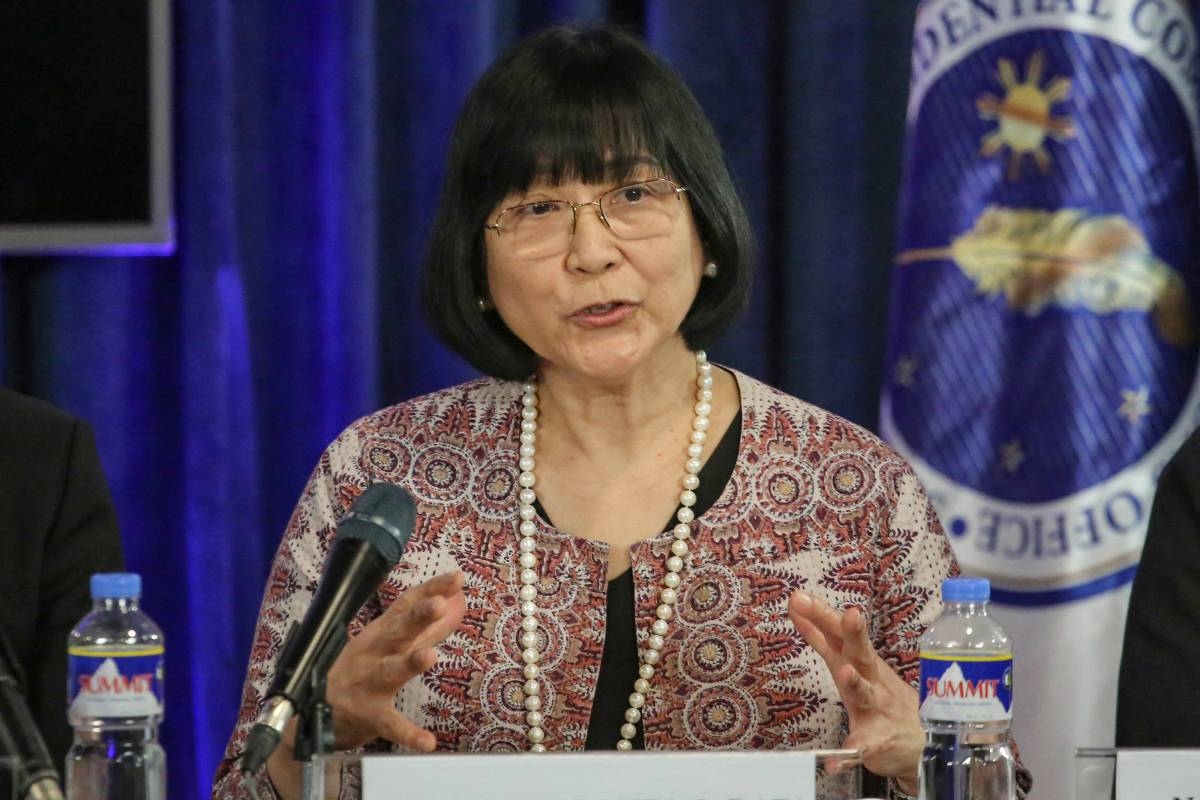THE United States is helping the Philippines tap its space programs to monitor and document vessels in the country’s territorial waters and exclusive economic zone, agencies from both governments announced on Tuesday.
In a joint statement, the US Bureau of Oceans and International Environmental and Scientific Affairs, the US National Space Council, and the Philippine Space Agency (PhilSA) said Earth observation is a priority area for bilateral cooperation.
They agreed to consider the possible hosting in the Philippines of a US Geological Survey Landsat ground station.
The Philippines is also considering signing on to the Artemis Accords, which establish guidelines to ensure safety and responsible behavior in outer space as countries explore the Moon and beyond.
The joint statement was issued after the agencies conducted their first bilateral Space Dialogue in Washington on May 2.
The US-Philippines Space Dialogue is a platform designed to strengthen cooperation and advance bilateral exchanges in civil space matters, including the use of space for maritime domain awareness and space situational awareness.
The space dialogue represents an expansion of US-Philippines cooperation into outer space, including the use of space-based Earth observation satellite data for a wide variety of socioeconomic applications.
They recognized the potential for expanded cooperation on the use of space for maritime domain awareness through the US Department of Transportation-led SeaVision program.
Daza said SeaVision uses satellite imagery, transponders, and infrared to track ships round the clock, providing near real-time and historical information on vessel positions and details, owner, operator and port visit history.
The US has been providing “free access” to the system since 2021, which is being used by the Philippine Coast Guard, Philippine Navy, Bureau of Fisheries and Aquatic Resources, and National Coast Watch Center, she said.
SeaVision was developed and managed by a team composed of the US Navy, US Fleet Forces Command, Systems Center Pacific and the DoT Volpe Center.
Jennifer Littlejohn, Bureau of Oceans and International Environmental and Scientific Affairs acting assistant secretary; Chirag Parikh, National Space Council executive secretary; and Joel Joseph Marciano Jr., PhilSA director general and head of the Philippine Mission to the US Space Science and Technology Applications, are confident that the inaugural space dialogue will deepen space cooperation for the benefit of both countries.
The US delegation to the space dialogue was led by Rahima Kandahari, State Department Bureau of Oceans and International Environmental and Scientific Affairs deputy assistant secretary, and the Philippine delegation by Gay Jane Perez, PhilSA deputy director general for space science and technology.

